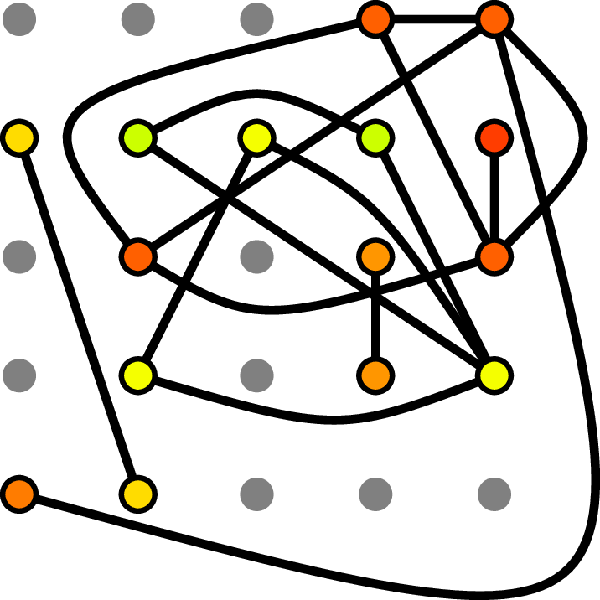Social percolation revisited: From 2d lattices to adaptive network
Frank Schweitzer
Physica A (2021)
Abstract
The social percolation model (Solomon et al., 2000) considers a 2-dimensional regular lattice. Each site is occupied by an agent with a preference $x_i$ sampled from a uniform distribution $U[0,1]$. Agents transfer the information about the quality $q$ of a movie to their neighbors only if $x_iłeq q$. Information percolates through the lattice if $q=q_c=0.593$. -- From a network perspective the percolating cluster can be seen as a random-regular network with $n_c$ nodes and a mean degree that depends on $q_c$. Preserving these quantities of the random-regular network, a true random network can be generated from the $G(n,p)$ model after determining the link probability $p$. I then demonstrate how this random network can be transformed into a threshold network, where agents create links dependent on their $x_i$ values. Assuming a dynamics of the $x_i$ and a mechanism of group formation, I further extend the model toward an adaptive social network model.

